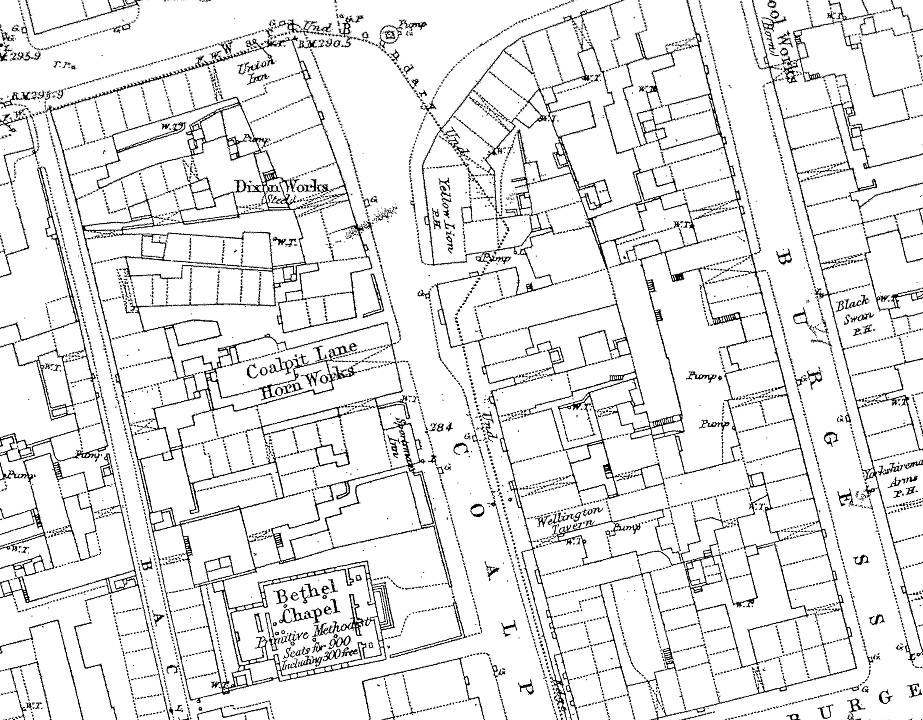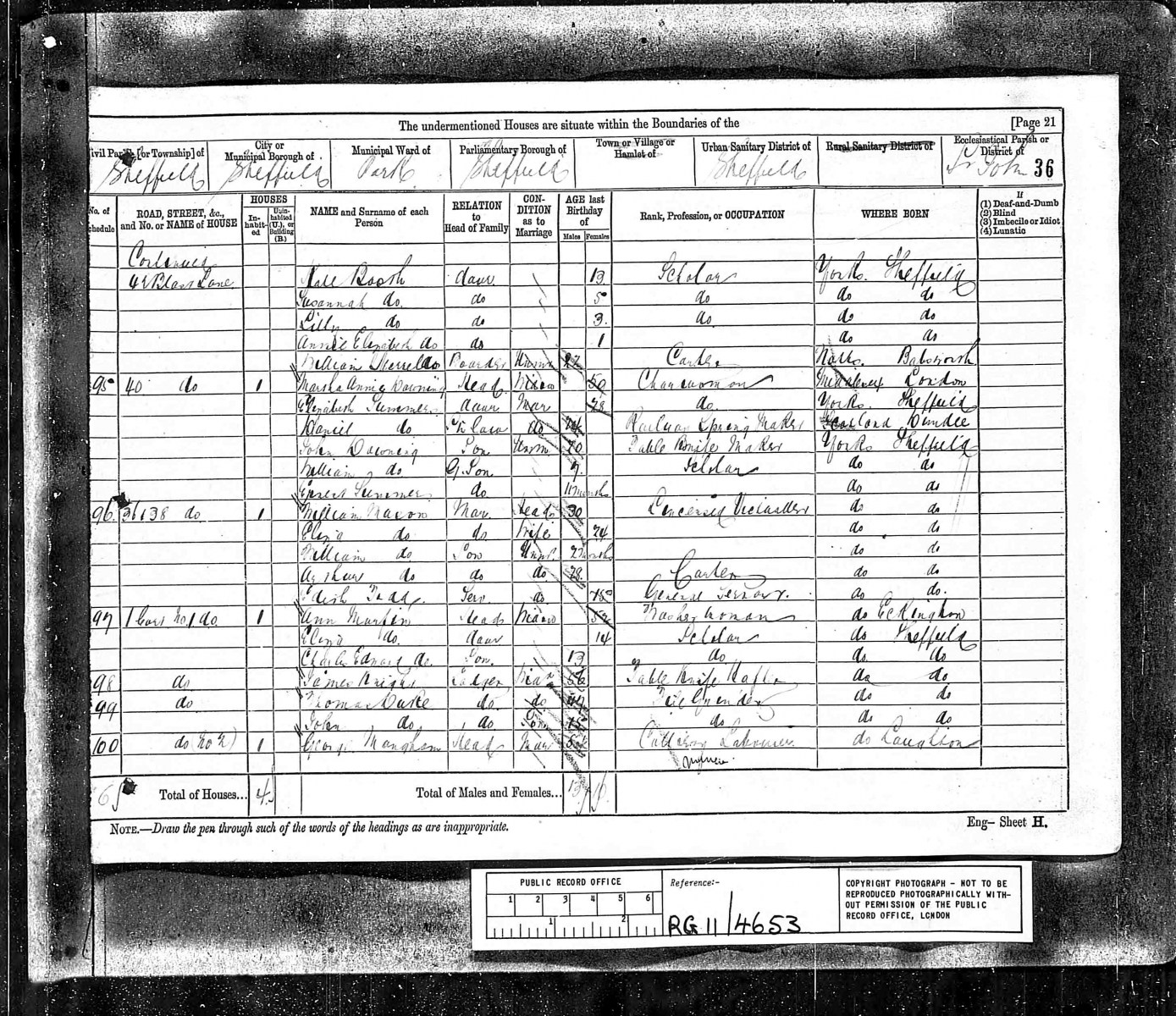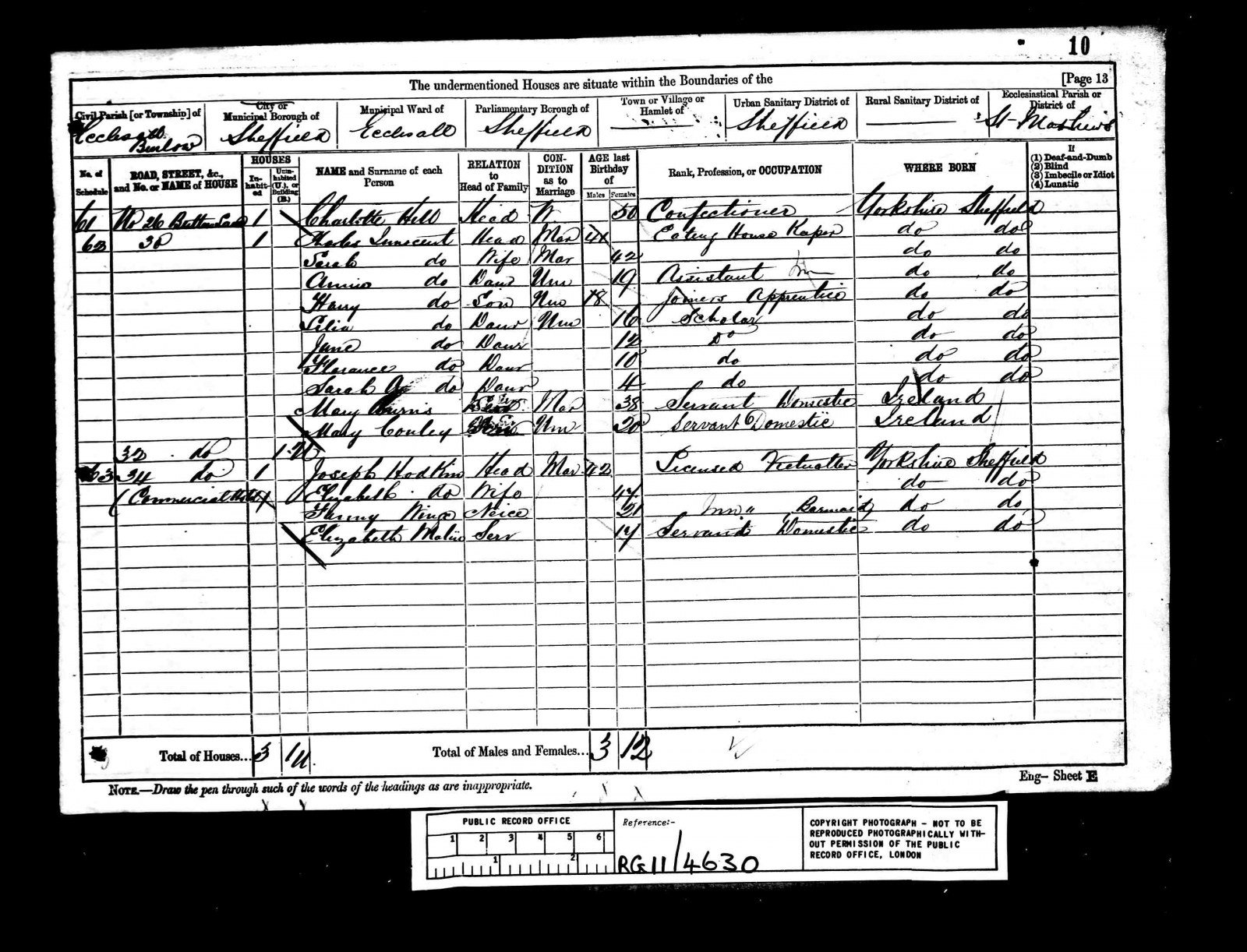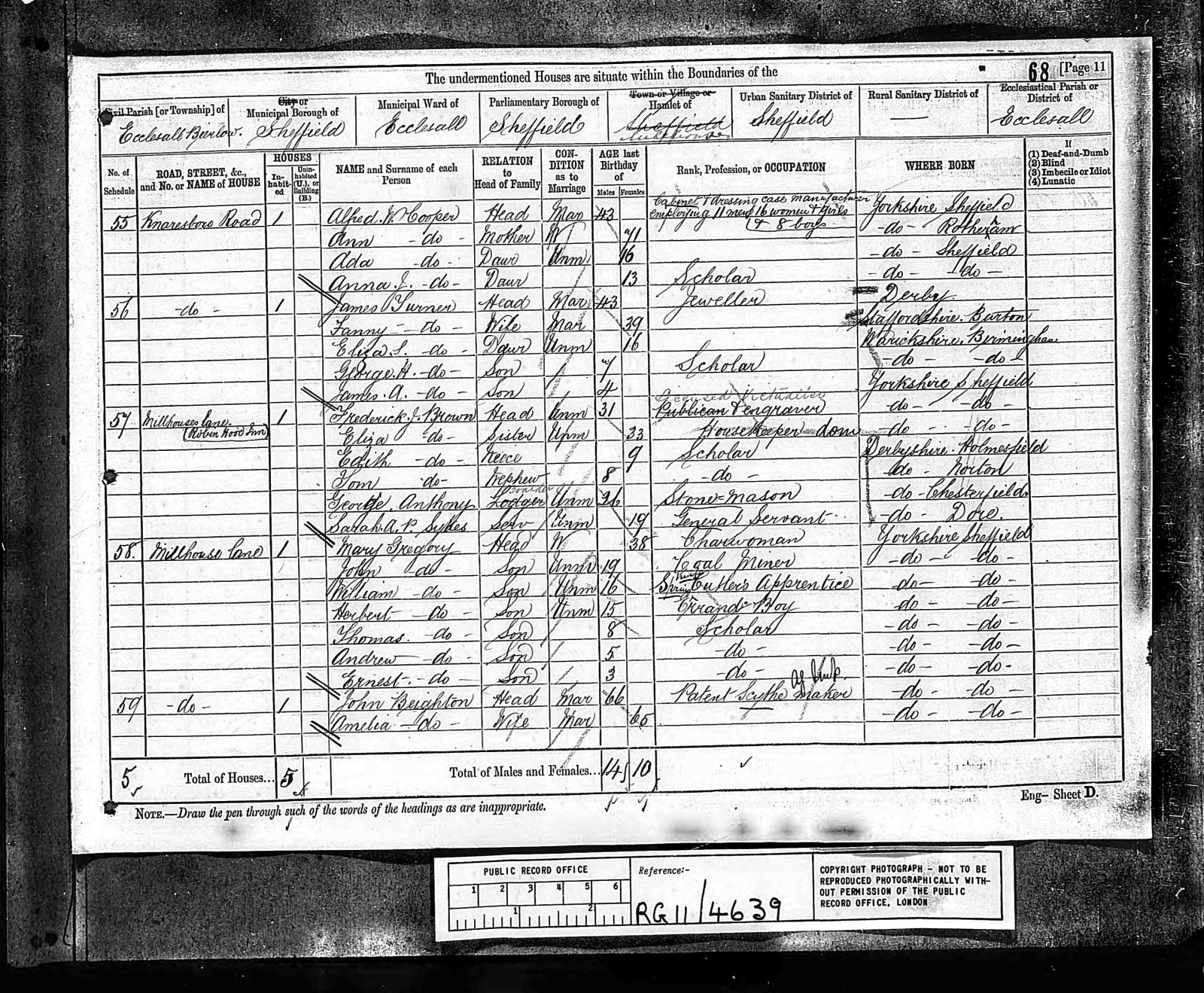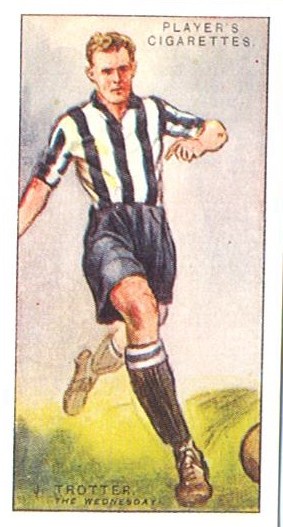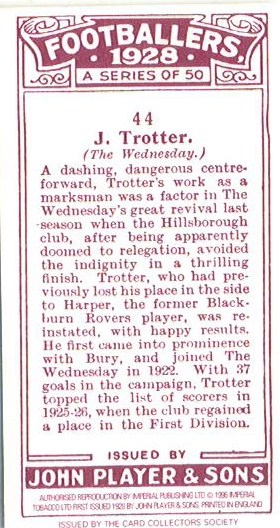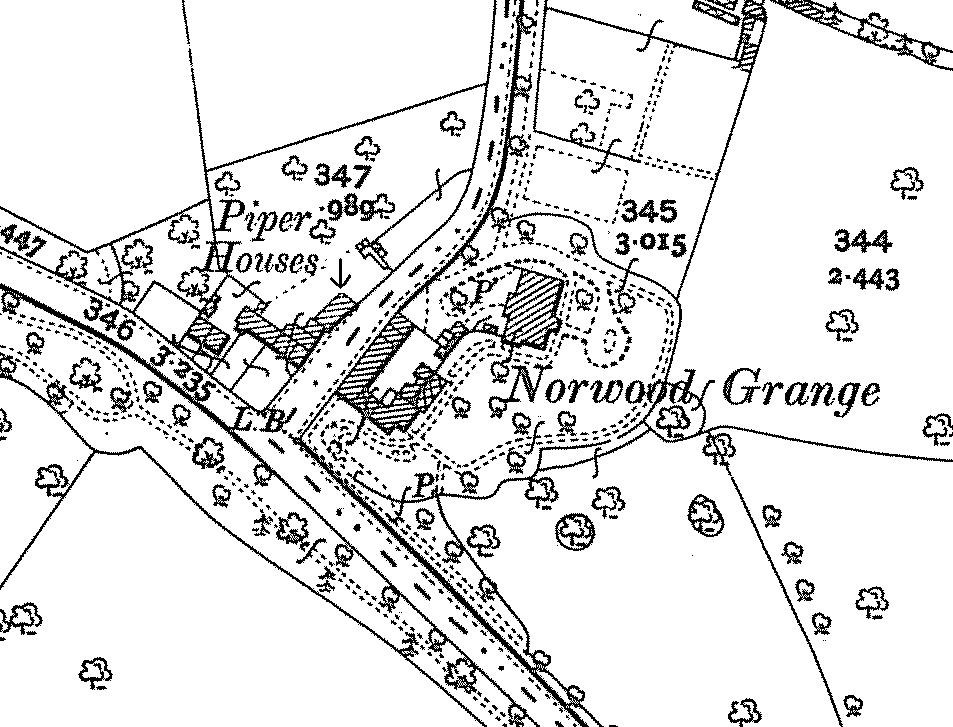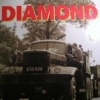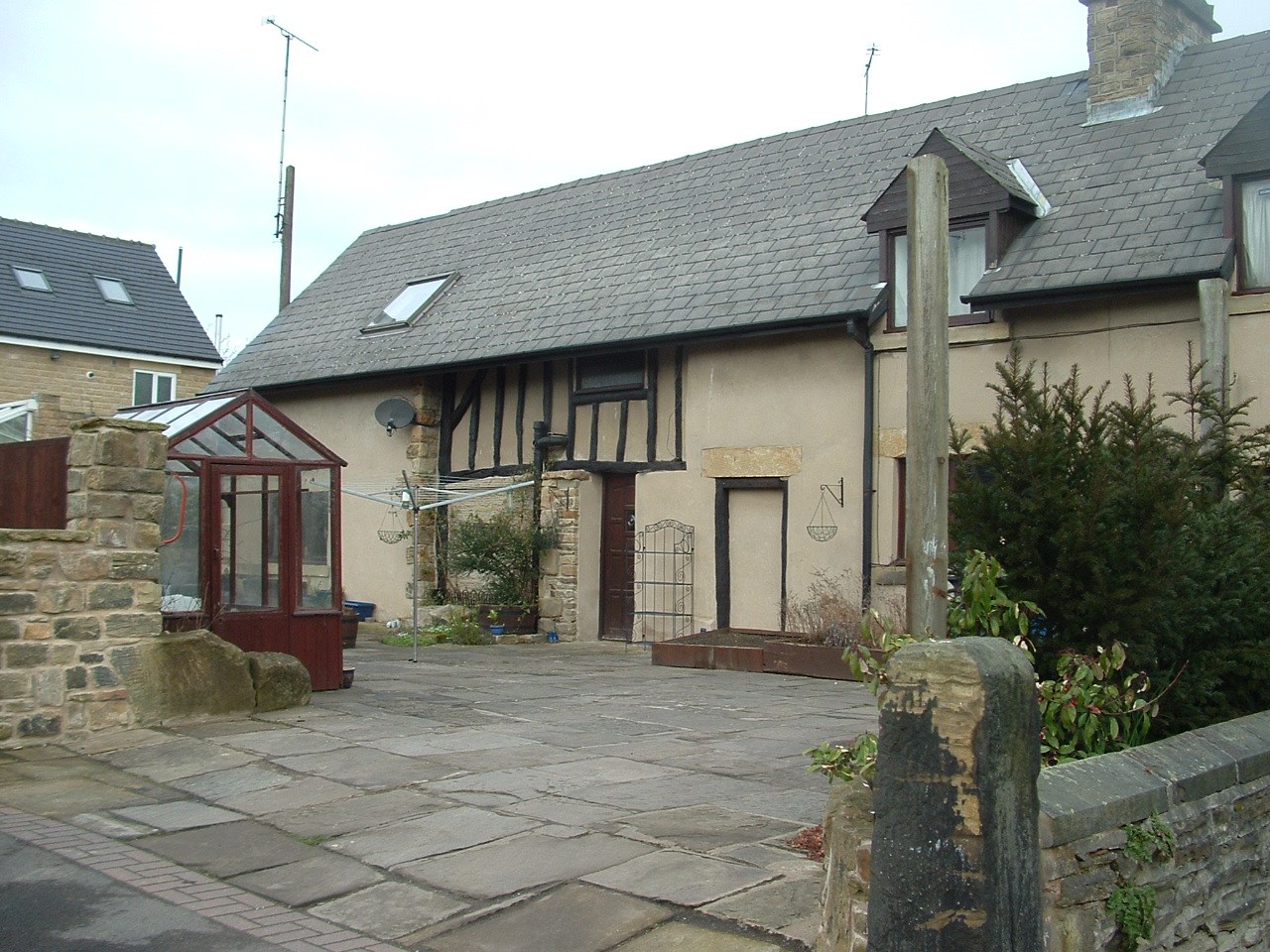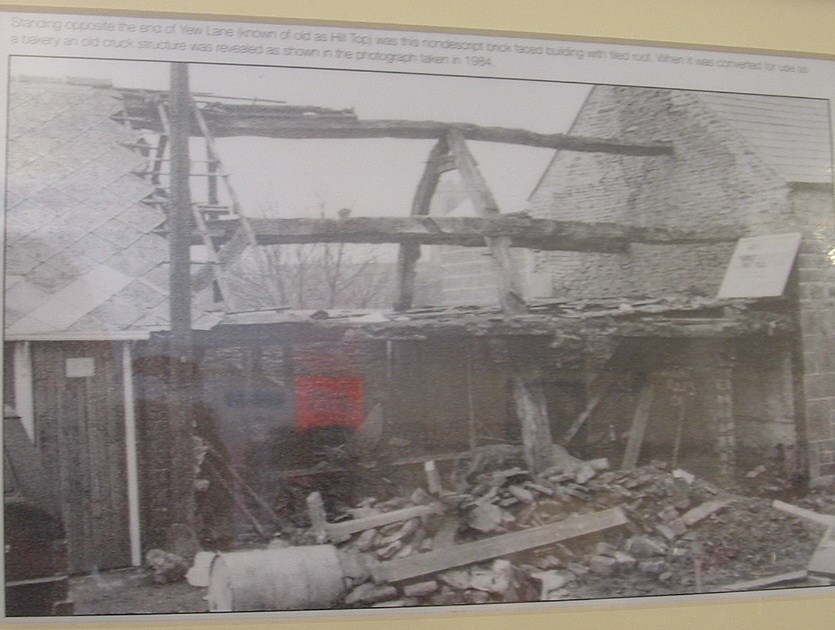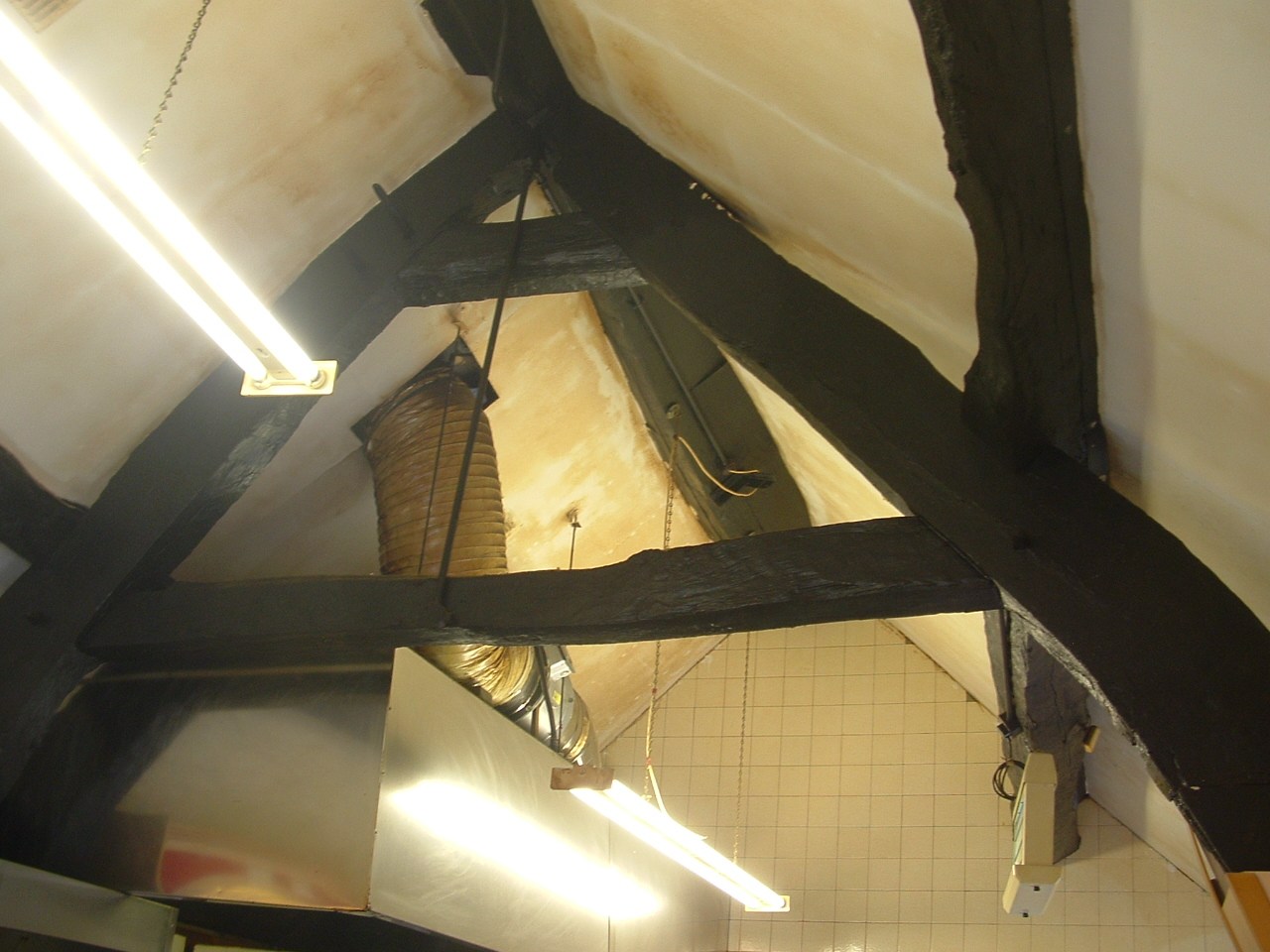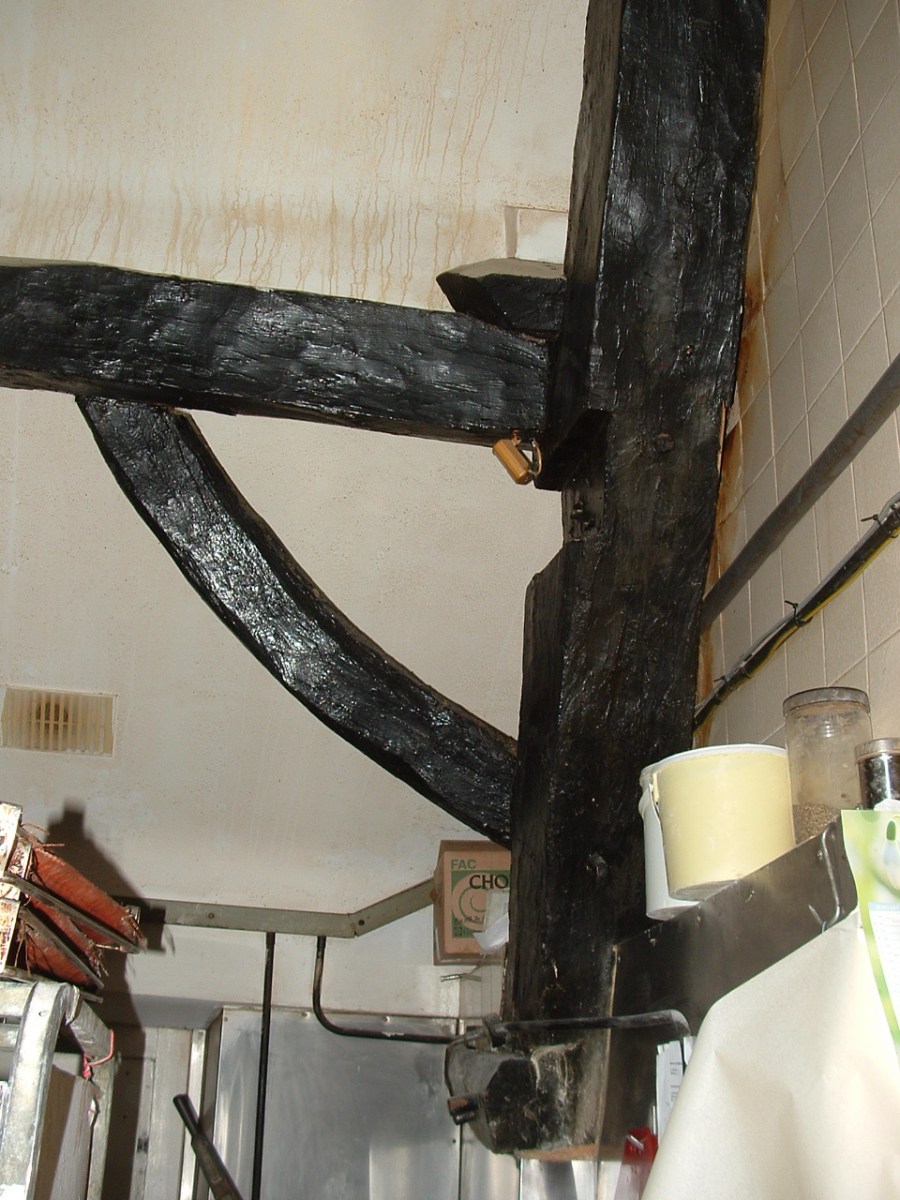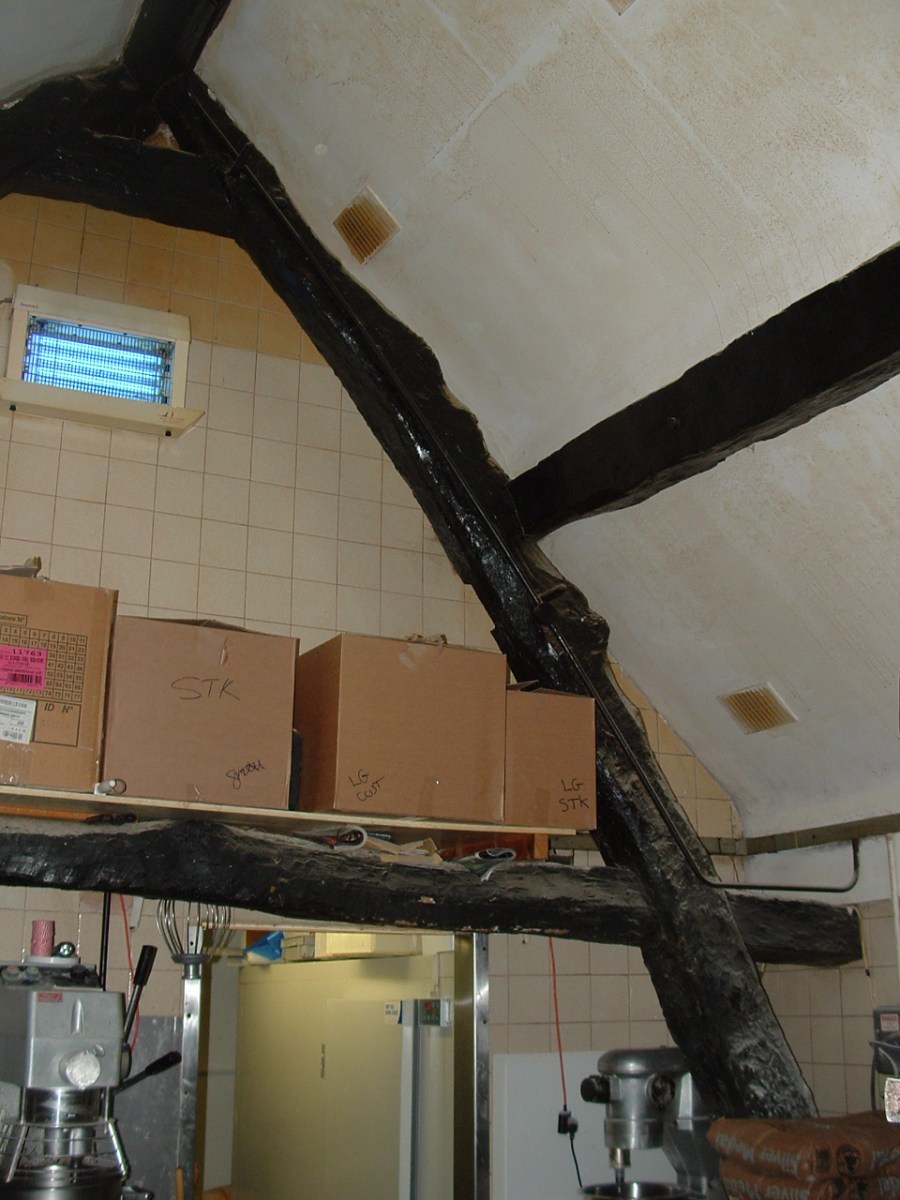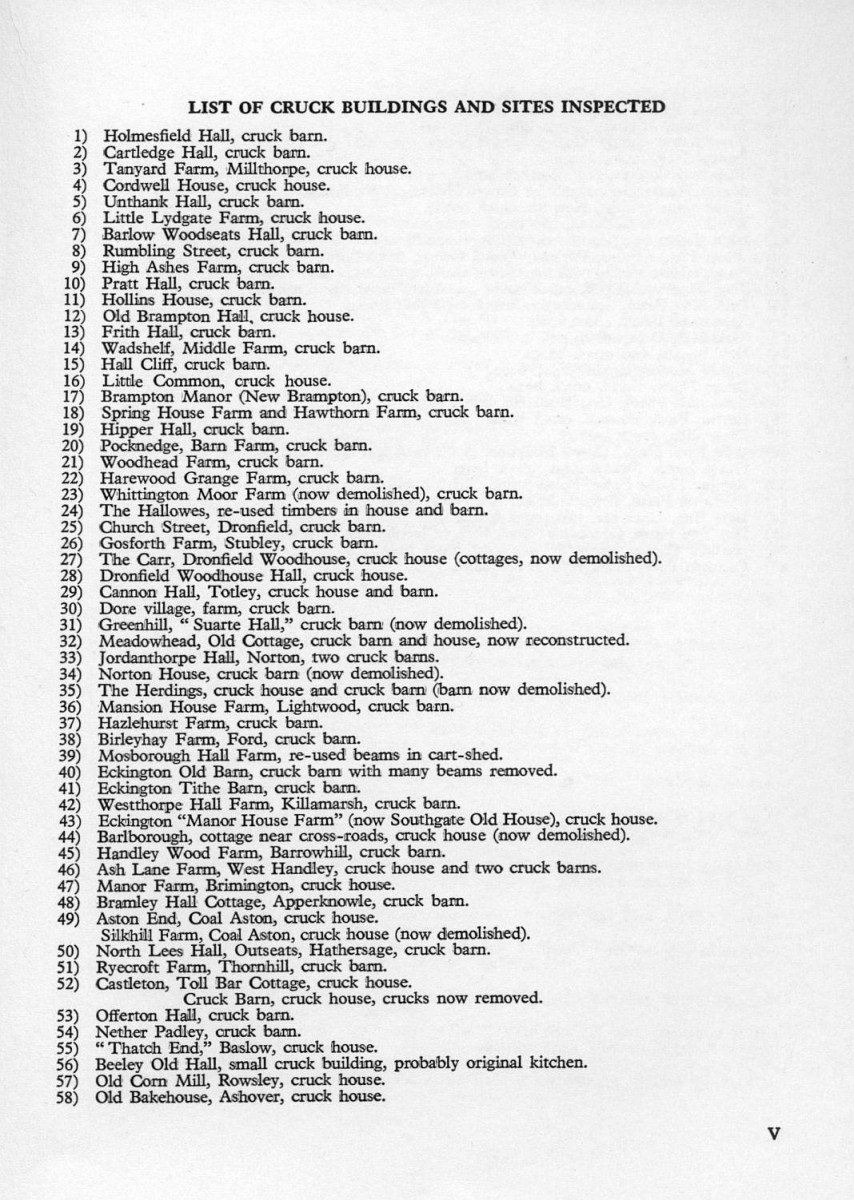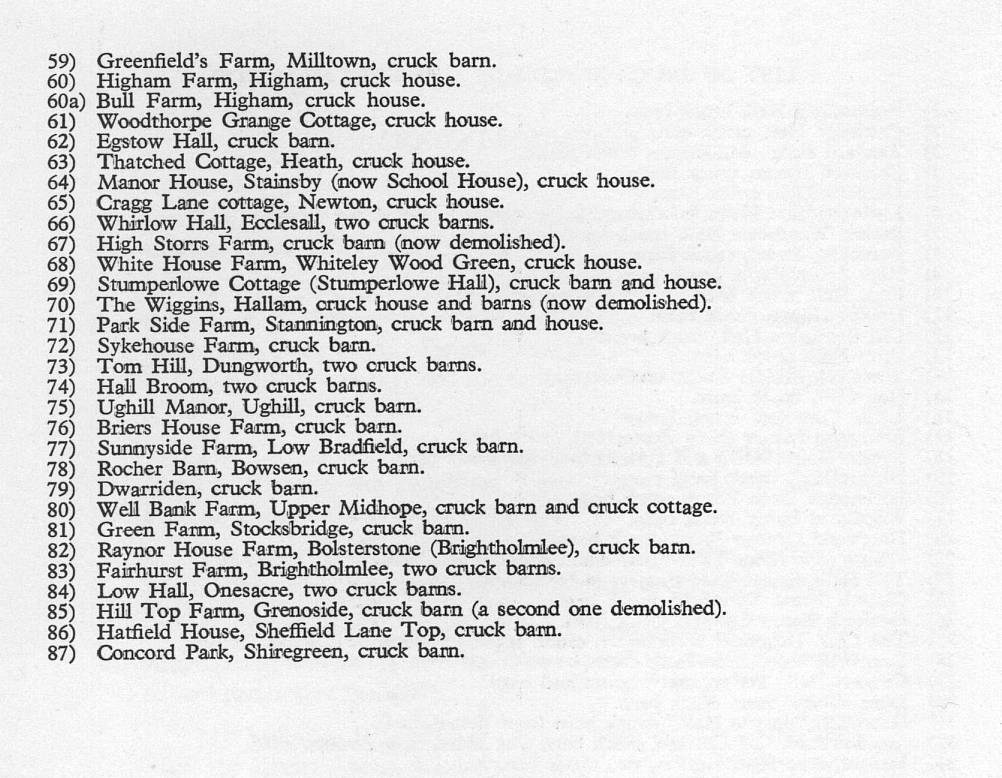Search the Community
Showing results for 'coal pit lane'.
Found 10,019 results
-

Cambridge street, Henry leah's and sons stamping works
Guest replied to a topic in Sheffield History Chat
The Sportsman was next door to Leah's Yard in 1850 and there were several other pubs on Coalpit lane, - the Union on the corner with Diivision street, the Yellow Lion, Wellington Tavern, Barley Corn Tavern, Red Lion, and the Chequers Inn. -

Publicans, Victuallers, Beerhouses etc
RichardB replied to RichardB's topic in Sheffield Pubs and WMC's
William Mason - Victualler - 36-38 Blast Lane (1881) No Pub name given; actually the Talbot Main record not updated. -

Publicans, Victuallers, Beerhouses etc
RichardB replied to RichardB's topic in Sheffield Pubs and WMC's
Commercial Hotel - Joseph Hodkin - Victualler - 34 Button Lane (1881) Check out the Barmaid's name Main record not updated. -

Publicans, Victuallers, Beerhouses etc
RichardB replied to RichardB's topic in Sheffield Pubs and WMC's
Grey Horse Inn - Thomas Hitchen - Victualler - 25 Blast Lane, Attercliffe (1881) Main record not updated. -

Publicans, Victuallers, Beerhouses etc
RichardB replied to RichardB's topic in Sheffield Pubs and WMC's
-
Right here goes bearing in mind i was only 6 months old when the last tram ran Photo 1 tram 518 - Meadowhead think on a tour 2 531 - Fitzallen Sq 3 222 - Flat street 4 508 - Abbey Lane terminus jn abbeydale road south outside the beachief post office 5 513 - as said above oxenhope yard on keighley and worth valley railway
-
http://www.simt.co.uk/kelham/kelham-1.html A History of Kelham Island Kelham Island itself is one of the oldest industrial sites in Sheffield. The island was first formed in the 1100s when the goit, or mill stream, was created alongside the lane leading to where the museum stands today. This stream was diverted to provide water to the Town Corn Mill, which was located near Lady's Bridge. There are no further records of the site until the appearance of the town armourer in 1637. He owned a workshop and the second waterwheel on the island, and his name was Kellam Homer. By 1674, this second wheel was known as Kellam Wheel. The spelling of Kellam had been altered to Kelham by the early 1800s and the island had been given the same name.
-

Old Wednesday cigarette cards
dunsbyowl1867 replied to dunsbyowl1867's topic in Sheffield Wednesday Football Club
-
Stuart, there's no h in Bramall Lane! Tha'll upset all t'Unitedites!
-
OK, no guesses, let's make the area smaller - this building was somewhere in the area from the top end of Angel Street to the bottom end of Snig Hill and also somewhere between the Hen and Chickens Pub and Figtree Lane - I suppose a map would be handy at this point I have attached a drawing of the building, though I've had to truncate the lower right-hand side so as to not give the game away.
-
Never heard of this place myself, one for the USA/Canada people to consider overnight. Costnough Hall not a mickey-take, within the Old Sheffield Town - between Fargate, Dixon Lane, the bottom of Snig Hill and West Bar - so not a very large area. 1 SheffieldHistiry house points for finding a reference to it 14 SheffieldHistory house points for a dating 37 SheffieldHistory house points for an EXACT location (within 50 yards) 904 SheffieldHistory house points for further information - because I have never heard of it (and, no, it's not to do with my newly aquired Gattty's version of Hunter's Hallamshire - did I mention I got that today ? ) The newspaper article is from 1939 - though it relates to a much earlier time. Have fun Kittens !
-

Godfrey Maps of Sheffield 1901 - 1905 Index of names dwellings S-Z,
Chris1943 replied to Bayleaf's topic in Sheffield Maps
FOund this interesting as I lived just up the road from there, and had a few relations thereabouts. The old maps show a quarry and a dam nearby. FOund this on A2A Assignment of a 1/5 share in a reversionary interest in £3,000 E/GOR/007 1825 These documents are held at London Metropolitan Archives Contents: 1. Wotton Byrchinshaw Thomas, Chesterfield, Derby, esq., and Rowland Hodgson, Sheffield, Yorks., esq., trustees to Charlotte Fernell (née Tudor), wife of (3) 2. Rowland Hodgson, and Joseph Wreaks of Sheffield, merchant, trustees to (3) 3. William Burgoyne Fernell, White House, Sheffield, gent. 4. George Tudor, Gower St., esq. Consideration: for £300 paid by (4) to (2) in trust for (3) with the consent of (1) who inherited the share from her sister Harriette Hodgson (née Tudor) who received it as part of her marriage settlement from Rowland Hodgson her husband Enclosed: E/GOR/7/2-3: Solicitor's bill and accompanying letter, 27 June 1825 The Fernells decamped to Oaklands Broomhall. William Burgoyne Fernell was a solicitor in Sheffield according to the later directories, and by 1841 White House appears to be in multiple occupation, including a clutch of Wards and some Hooles of stove grate fame I assume. I have never come across an illustration of the house or surroundings, but was told by my grandad(who got it from his father who lived on Centrefields) that the dam was at the bottom of the rough ground which had St Batholomews at the bottom Another piece of Sheffield history came out of this POEMS, BY BARBARA HOOLE. "I never list presume to Parnass' hill, "But piping low in shade of lowly grove, "I play to please my self, albeit ill." SPENSER. SHEFFIELD: PRINTED BY J. MONTGOMERY, AT THE IRIS OFFICE, (1805) and her biography Barbara Wreaks was born at Sheffield in 1770. Her father, Robert Wreaks, was a staple product manufacturer. She lost him when she was still an infant. After her mother quickly remarried, she was sent to live with a maiden aunt. In her early days Barbara kept a milliner's shop in Church Lane and contributed several poems to the 'Sheffield Courant' and 'Sheffield Iris'. In 1795 she contributed her first literary essay 'Characteristics of some leading inhabitants of Sheffield' to the 'Sheffield Courant'. In 1796 Barbara married Thomas Bradshaw Hoole, a Sheffield merchant, who tragically died from consumption only two years after their marriage leaving her a widow with a four month old son to take care of. Barbara was left with a 'considerable' estate, which unfortunately was soon lost through the failure of the firm with which it was involved. Her son's inheritance and her estate were wiped out. To help support herself and her son she published, with the help of a generous subscription from the people of Sheffield (some 2000 subscribers), a book of poems which for a short time made her enough money. She made enough money she was able to buy a boarding house in Harrogate. After a year of trying to make the business a success, it eventually failed, however while contending with the difficulties in which were involved with running a boarding school, she found time to make herself known as a writer of fiction. Thus achieving a short-lived independence. The following year, after ten years of widowhood, she married the struggling young artist Thomas Christopher Hofland. T. Christopher Hofland was known for his scenes overlooking Sheffield. In 1812 she published one of the novels she wrote while in Harrogate, The Clergyman's Widow; it sold 17,000 copies. The ill success of her husband's business compelled her to work even harder. By 1824 she had produced almost twenty works of fiction. Moving to London in 1811 helped increase her output, the first of these published was The Daughter-in-Law. Her next publication was her most famous to date, The Son of a Genius (1816). It well deserved this success from its genuine truth to nature, the vivid portrayal of the artistic temperament as she had observed it in her husband, and the artless but touching expression of her affection for her son by her fist marriage, whose early death from consumption cast a shadow over her life. She also wrote a spirited pamphlet on the disagreements between George IV and Queen Caroline, and, anticipation some modern developments of journalism, contributed letters of London literary gossip to provincial journals. She died on November 9, 1844 at the age of 74 in Richmond, Surrey. Not an easy life. But my do we breed them tough in Sheffield Chris -
I think the buildings in your screen capture are the old outbuildings to Norwood Grange. The Hunfield House mentioned on the Picture Sheffield photo was on the opposite side of Longley lane at the back of the Piper Houses. Do you have any other references to Hunfield House ? That photo is the only mention I've seen of the name. Marked with an arrow on this map...
-
Thank you for that info Lyn, - a pity it doesn't mention the date of removal to Page Hall. This photo dated 1990 shows the site of the old house, possibly not long after demolition. The perimeter walls are still standing and the entrance gates opposite the end of Roe lane are still in place.
-
In "a roundabout way"? If you drag the map to the left, exposing more of it to the right, you can see into Bramall Lane Football Ground. Unfortunately thereisn't a match on!
-
I can only slightly remember the hysteria caused by Sutcliffe, Very scary times even in Sheffield Sergeant Robert Ring and PC Robert Hydes caught Sutcliffe when he came to Sheffield, he was with a "girl" on Melbourne Lane, where is that? 'Sheffield will not be missed. Next on the list'. Sutcliffe's poem sent to the Sheffield Star newspaper gives some insight into his state of mind.' Source Yorkshireripper.com The General
-
My better half has just reminded me of the time her family had to move out of their home at 45 Spital Lane. All she remembers is that a womans body had to be removed from under the stairs before they were allowed to move back in. She seems to think it was 1961 and the woman had been killed somewhere on Spital Street. Any newspaper cuttings anyone ?
-
Three more:- The old co-op building at the junction of Oakbrook and Hangingwater roads shows S&E 1915 There is an extension on a building on Tom Lane with a date stone of 2000 The building on the site of the Ecclesall non political club has the date stone of 2006
-
-
The sandwhich shop before and interior after, at Ecclesfield. This is at Yew Lane (once known as Hill Top), it was a brick faced building with a tiled roof, then when it was converted to a bakery the Cruck frame was revealed. The photo of the revealed frame is 1984.
-
Many thanks for the welcome and the reply. The family I am tracing are the Bowsers. The Head of the Houshold was Alfred and his wife was called Jane. I have a very poor copy (hence the spelling mistakes)of the 1891 census. Ive tried to find more info using the advice of those kind people on here who have replied, but Im struggling to find the emmuniration district that the area would come under. The closest Ive got seems to fall in the 'triangle' of St Mary's Road, Bramhall Lane and Queens Road. Thanks again Paula x
-
http://www.picturesheffield.com/cgi-bin/pi...ff.refno=v00039 Looks like the Leppings Lane end, just imagine the uproar from the grounds staff today if we pitched all those tents?
-

Coal Aston Aerodrome, and Alcock and Brown
Henry Pond replied to Henry Pond's topic in Sheffield History Chat
Sort of correct. In my day, there were three schools, Rowlinson Technical (sited where you say), Jordanthorpe Girls', (on the other side of Dyche Lane, to the south, near Batemoor) and Jordanthorpe Boys' (same side as the girls' school, but to the North, so nearest Meadowhead). As comprehensives, Rowlinson had minor name change, and the two Jordanthorpe's merged to become one mixed sex, split site school with North and South buildings. Sometime later the Jordanthorpes became Meadowhead school and Rowlinson became Norton college. Now, I may be wrong, as I wasn't around at the time, but I have a feeling that there was a point before that final stage point where all three sites were Meadowhead school. -
That will be Ryders's book ?? I think that cruck building in Concord Park was the old tithe barn for Ecclesfield Priory. Great photos BTW, - especially with the snow Hatfield House on Hatfield House lane is a cruck building - I had an unauthorised peek inside when it was being modernised many years ago. This house is reputed to be what remains of Renathorpe Hall. There is book by Bessie Bunker on Cruck Buildings covering S Yorks and N Derbs. with a list of buildings she found. This was published 1970 so some then existing on the list may now have disappeared.
-
Hello, These are a terrific set of pictures. I grew up on Stanley Street so my recollection of the Wicker is from a very early age, say 1941-2 until we moved from the area in 1960. As other have said, the Arch dominated the whole area. I was in Sheffield just before Christmas and took a walk down the Wicker. Its now a shadow of what it used to be. Your excellent photgraphs and the commentary by others on this topic jogged my memory on a couple of things. One thing was the bomb going throught the main Wicker arch itself. On the night of the first blitz raid, my family was in Shelters located on the corner of Stanley Street and Joiner Lane. Shelters are of course long gone, but the brick wall that surrounded them was still there in December. During the raid, incendary bombs fell on Wood's timber yard over on Nusery Street and the ARP and police made us move to a shelter under the old cutlery works on Andrews Street. This old building was only demolishe 2/3 years ago to make way for the new link road that crosses the Wicker. During the raid a bomb fell and there was tremendous explosions. The building seemed to move and all the supposedly blast-proof doors were blown open . I always assumed that this was the bomb that went through the arch. The other thing was the arch itself. In earlier photos, you can see the arch has a stone parapet but in the later pictures, the parapet has gone replaced with a hand rail. All the stones that had formed the parapet were dumped on waste land in Andrews Street soon after the Blitz. Whether they were blown of in the raid itself or removed as safety precaution nobody seemed to know. I see a replacement stone parapet was installed during the recent renovations. I think the photograph of the tram about to go under the arch is quite rare. This is a double deck Rotherham Tram, not one from Sheffield. They were designed to just go in one direction (left to right in the photo) although they did have controls on the rear platform for reversing over short distances. I only ever saw one Rotherham double decker but there were several single deckers running on the service until it was eventually replaced with buses. This was when the bridge over the railway at Tinsley, started before the war and never finished, was finally completed, in I think 1948. Regards

